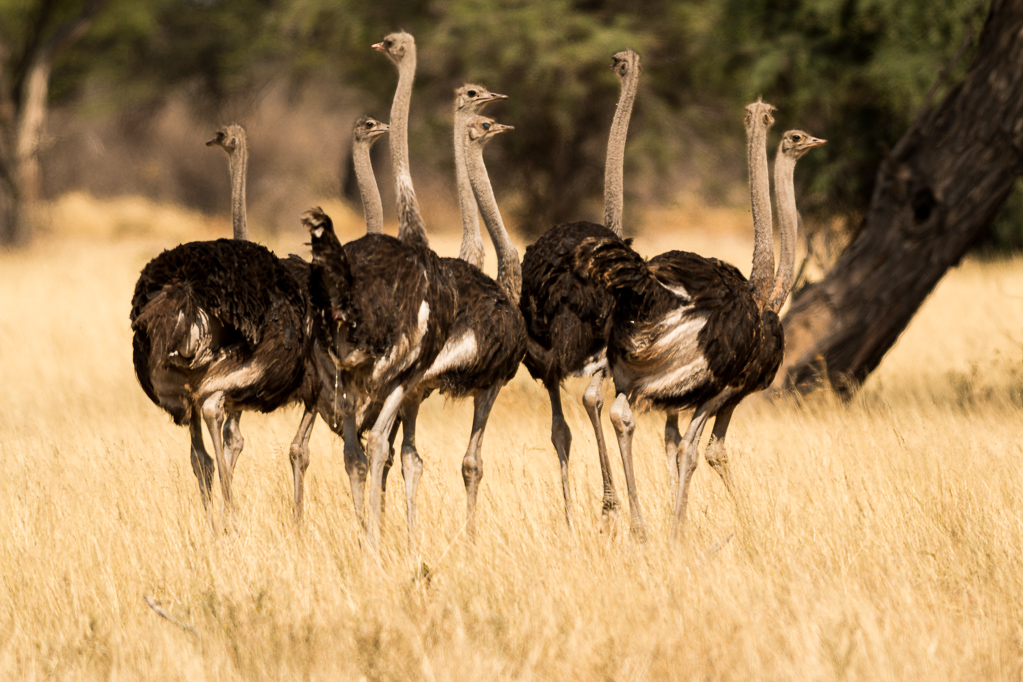Challenges Botswana Wildlife
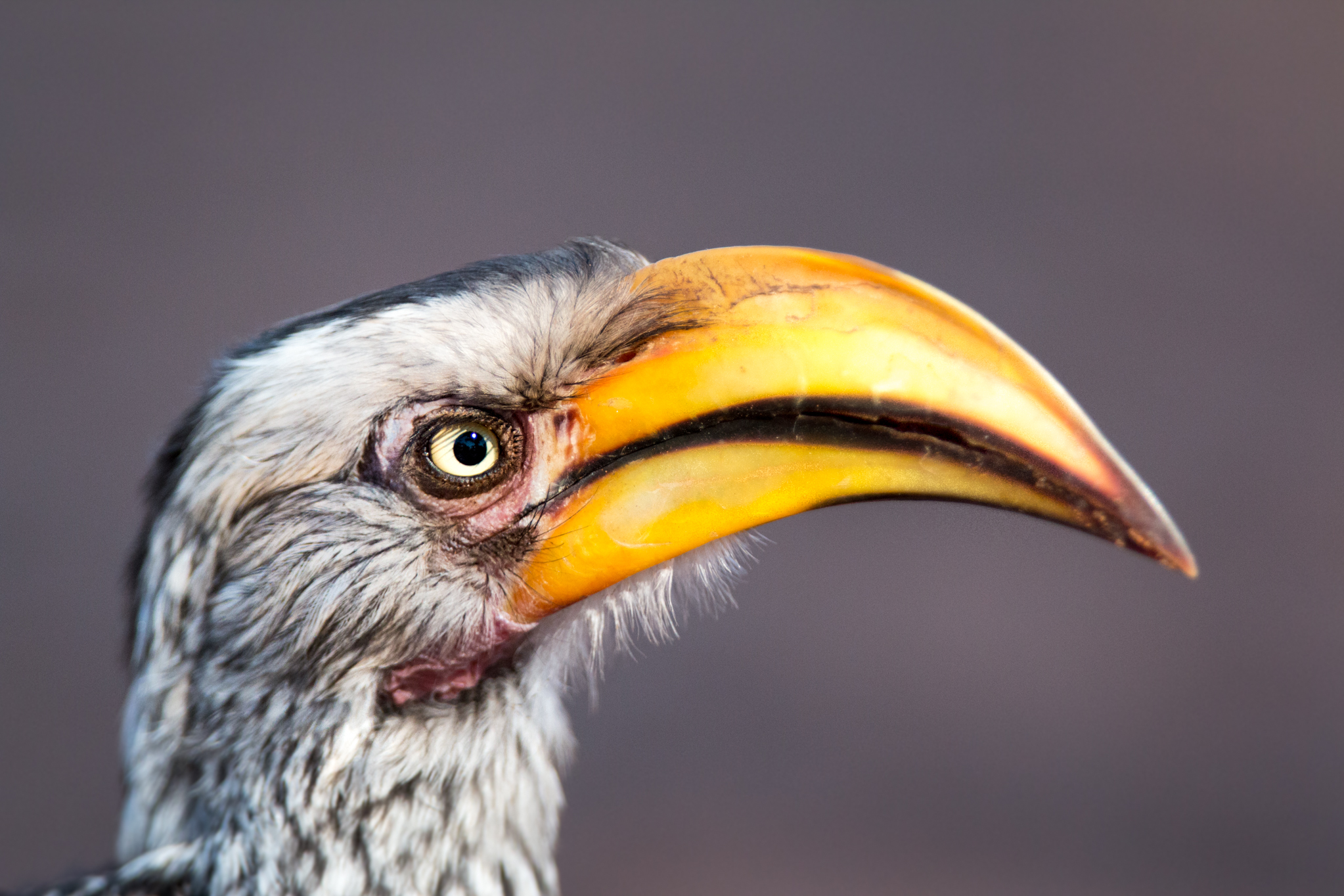
To the north west of Mabuasehube Park is the Kaa gate. This was a first time for us.
A beautiful area but very dry. We saw a lot on the road including a frantic honey badger excavating burrows closely followed by opportunistic jackals and pale chanting goshawks squabbling behind for by catch.
Also flocks of huge ostrich. In Kaa the only water is at the gate and Swartpan.
Our camps were dry but the flora looked more luxuriant and the views stunning. We saw no one for nearly 3 days. Definitely worth a return.
Lunar Eclipse Over The Kalahari
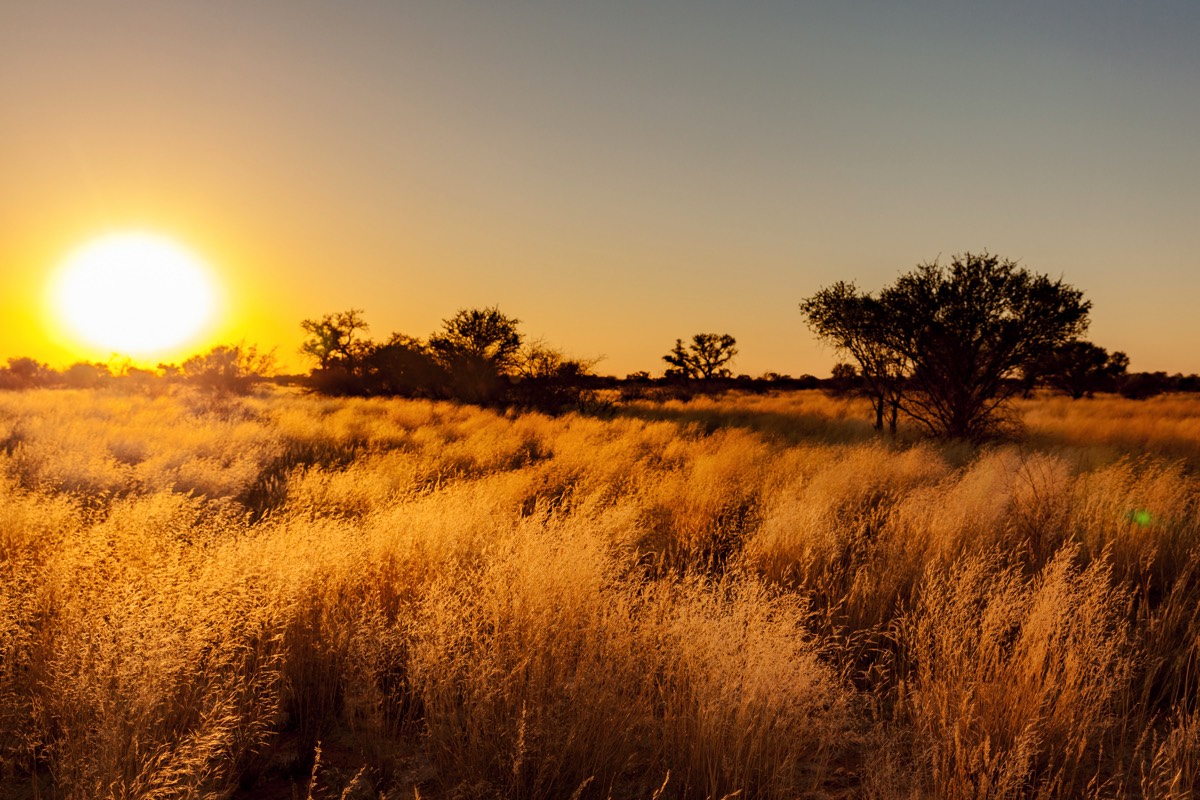
Leaving Mabuasehube the landscape does not really change. That's because this remote eastern block of Botswana is really very unpopulated and unsuitable for any commercial venture because of the dry and semi desert conditions. As a result a large area north of Mabuasehube has been termed the Kaa conservancy where the local people, by their features mainly of bushman origin , live by subsistence, goats and a few cows and also have the control of tourism in the area, granting permission to camp to travellers passing through although with little formal infrastructure.
It is remarkably wild. Kaa means "nothing " in the local language which gives some insight into the tough conditions prevailing but under sells the incredible natural beauty
The small villages are few and far between and small with perhaps 60-100 inhabitants Around the villages, governed by water access , there is evidence of grazing , well over grazing actually, but for vast sections between there is untouched wilderness. As we left the gates of Mabuasehube we had a wake up call as a huge lioness sat up on the edge of the road, disturbed by our noise. She had two yearling cubs with her and looked at us with disgust as we forced her to move out of our dust. She was the biggest lioness I have ever seen and totally in the wild, not in any park or under any control. That is the true test of wilderness without boundaries. I wonder how many cows and people she has poached. I also wonder what happened to the driver of the broken down vehicle we spotted 2 km down the road.
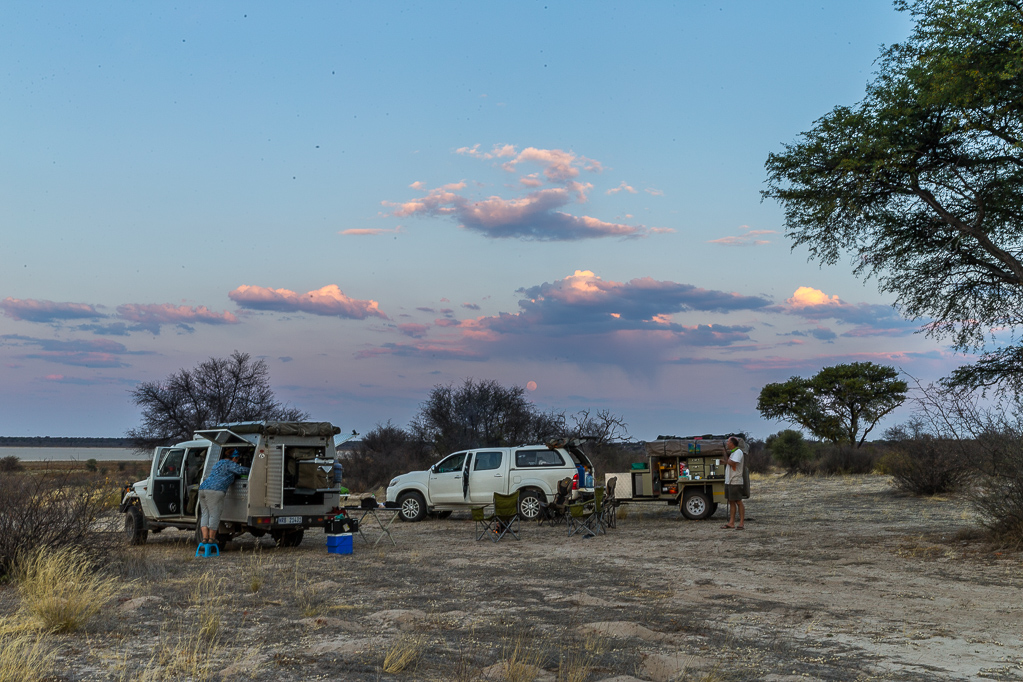
In Botswana especially, but all over the southern African area , we have become strongly influenced by a doyenne of adventure and nature travel, Veronica Roodt. She wrote what many still consider the definitive travel guide to Botswana last published in 2008 and sponsored by Shell. Available at almost any garage in Botswana and on line. She is a South African botanist and in the late apartheid era she was employed by SANDF and tasked with finding and reporting about edible and medicinal plants in Botswana . At that time our borders were hot and troops often involved in forays which led them into foreign territory with little support so I assume they needed to live off the land. After this she remained and lived in Botswana for many years studying the plants and wrote informative books on plants and trees of Botswana and Tanzania. In her travel guide she speaks glowingly of the Kaa conservancy and recommended for a taste of classic kalahari, we camp at Matseleng Pan.
After ploughing through thick sand, a 4x4 is a necessity and sand ladders very comforting, we finally identified the village chief to ask permission and pay our dues. Finding him was educational as we were directed from hut to hut. Eventually we located him at the most broken down shack with a beanie on and no evidence of his elevated status! He directed us to his tourist liaison officer however, and did not bother himself with the mundane. Incidentally they are also catching on to the photographic gravy train as an extra charge for photography is levied if you are unwise enough to own up to the stashed cameras. Another 1 hour took us the final 30 km to the pan, a pale sphere in a golden yellow expanse of waving grass. The usual suspects were there, springbok and oryx, and we set up camp over looking the beautiful kalahari scene
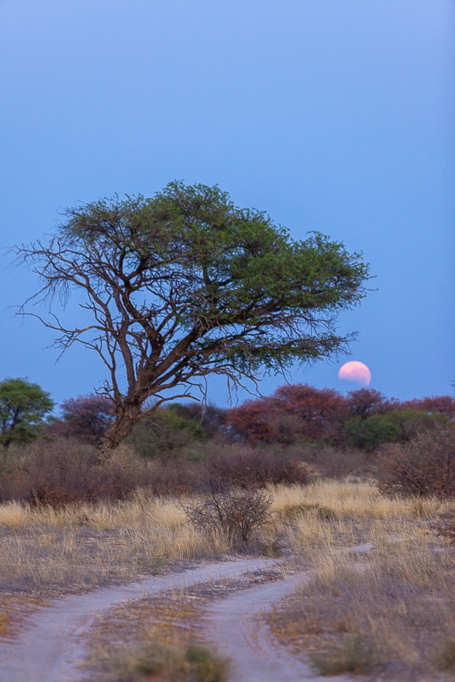
The lions roared that night but remained out of sight and we heard the jackals squabbling in the distance. We made a plan for some predawn shots and had an early night but woke when it was still dark puzzled by the unearthly glow of the moon hanging low in the sky. We had stumbled on the lunar eclipse and it meant that although we were in full moon it was possible to set up for some slow shutter speed in the night sky. We scrambled out of bed to try and capture the beauty, largely in vain from I'm afraid.
Dudley set up his cam ranger ( remote trigger) to take time lapse of the eclipse and neglected to take into account that it was disappearing behind the trees. Ah well. I sat on top of the truck in my bed and operated the controls. Much more comfortable.
That morning over breakfast we watched a lone porcupine patter across the pan to safety. A very special area and well worth a visit. In the rainy season I am told it becomes lush and green like paradise, At least that's Veronica's story!
